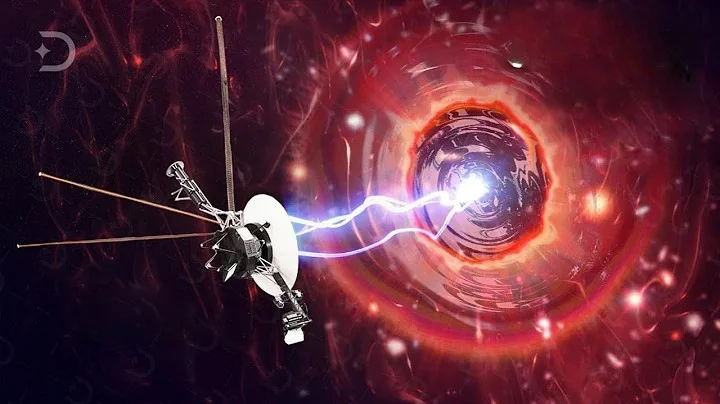
Introduction
In a groundbreaking revelation, NASA’s Voyager 1 and Voyager 2 spacecraft have detected mysterious phenomena beyond the edge of our Solar System. These discoveries, occurring decades after their launch, continue to push the boundaries of our knowledge about the universe. This article delves into the details of these findings, their scientific significance, and the future of deep space exploration.
The Voyager Mission
Mission Overview
Launch Dates: Voyager 1 was launched on September 5, 1977, followed by Voyager 2 on August 20, 1977.
Primary Objectives: The initial mission aimed to explore the outer planets—Jupiter, Saturn, Uranus, and Neptune—and then continue into interstellar space to study the outer boundaries of the Sun’s influence.
Journey into Interstellar Space
Milestones: Voyager 1 entered interstellar space in August 2012, followed by Voyager 2 in November 2018.
Current Status: Both spacecraft continue to send valuable data back to Earth from beyond the heliosphere, the bubble-like region of space dominated by the solar wind and magnetic field.
Recent Discoveries
Plasma Density Observations
Voyager 1 Findings: In 2021, Voyager 1 detected a constant hum of interstellar plasma waves, suggesting a higher-than-expected density of space particles in the interstellar medium.
Voyager 2 Findings: Similarly, Voyager 2 recorded increases in plasma density, confirming Voyager 1’s observations and providing more data on the environment beyond the heliosphere.
Magnetic Field Data
Magnetic Anomalies: Both spacecraft observed unexpected changes in the magnetic field strength and direction, indicating complex interactions between the interstellar medium and the Sun’s heliosphere.
Implications for Heliosphere: These findings suggest that the boundary of the heliosphere is more dynamic and fluctuating than previously thought.
Significance of the Discoveries
Understanding the Interstellar Medium
Composition and Behavior: The new data enhances our understanding of the composition and behavior of the interstellar medium, including the density and movement of charged particles.
Astrophysical Models: These observations challenge and refine existing astrophysical models of how solar and interstellar winds interact.
Insights into Solar Influence
Heliosphere Dynamics: The dynamic nature of the heliosphere’s boundary provides insights into how our solar system interacts with the broader galaxy.
Cosmic Radiation: Understanding these interactions is crucial for assessing cosmic radiation levels, which affect both spacecraft and potential future human explorers.
Future of Deep Space Exploration
Extended Voyager Mission
Continued Operations: Despite their age, both Voyager spacecraft are expected to continue sending data for a few more years, as long as their power sources last.
Ongoing Research: Scientists will keep analyzing the data from Voyager 1 and 2 to uncover more about the nature of interstellar space.
Upcoming Missions
Interstellar Probe: NASA is considering new missions, such as the Interstellar Probe, designed to go even further into interstellar space with advanced instruments.
Technological Innovations: Future missions will benefit from technological advancements, enabling more detailed studies of the interstellar medium and beyond.
Broader Impact
Scientific Advancements
New Horizons: The Voyager discoveries pave the way for future scientific advancements in understanding the universe’s structure and the forces at play beyond our solar system.
Collaborative Efforts: These findings highlight the importance of international collaboration in space exploration, as shared data and expertise can lead to significant breakthroughs.
Inspiration for Exploration
Educational Impact: The continued success of the Voyager missions inspires educational programs and stimulates interest in STEM fields among students worldwide.
Public Engagement: The discoveries capture the public’s imagination, fostering a greater appreciation for space exploration and its potential to uncover the universe’s mysteries.
Conclusion
Voyager 1 and 2’s detection of mysterious phenomena beyond the edge of our Solar System marks a significant milestone in space exploration. These findings not only challenge our current understanding of the interstellar medium and the heliosphere but also open new avenues for research and exploration. As the Voyager spacecraft continue their journey, they remind us of the vast, uncharted territories that await discovery and the endless possibilities that lie beyond our solar system.